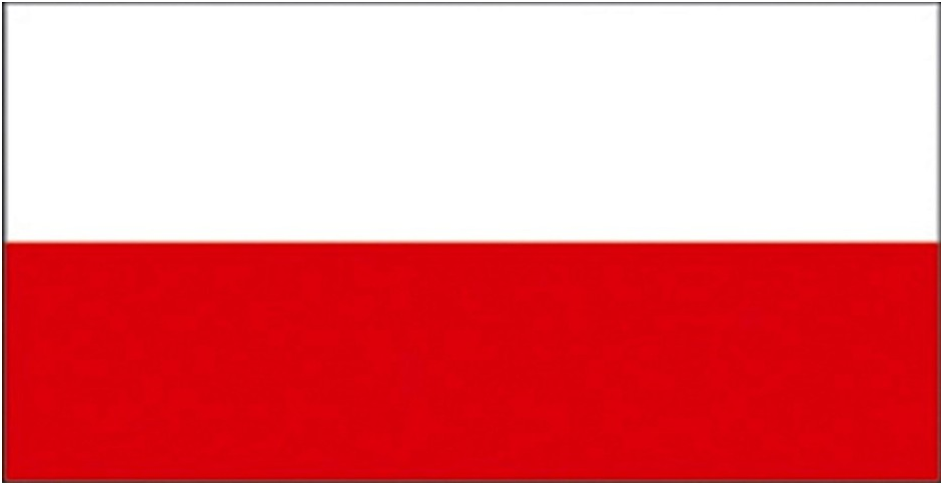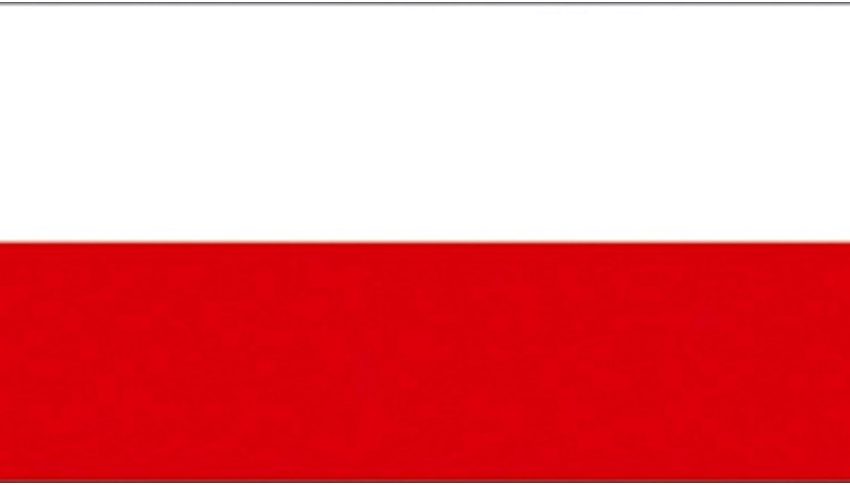The Polish solar thermal industry is going through difficult times right now. At the end of December 2014, the National Fund for Environmental Protection and Water Management, NFOŚiGW, approved the last applications for the national residential incentive programme. The follow-up financial mechanism, Prosument, is a lot less attractive and has not really started yet for solar thermal. In contrast to the previous long-term subsidy scheme, which focused on solar heat, Prosument basically subsidises renewable sources of electricity. Solar thermal is only accepted in combination with an electric source, e.g., heat pump + PV or solar thermal collector + PV. The programme was first introduced as a two-year interim programme, but has now been turned into a nine-year scheme running until 2022. Polish Zloty (PLN) 800 million (EZR 187 million) is available in funding, although they will not be allocated to the six eligible technologies.
The expiring solar thermal subsidy scheme had a budget of PLN 450 million for 2010 to 2014 (EUR 105 million). According to NFOŚiGW, only PLN 81 million was left for the year 2014, whereas the available budget had almost been twice as much in the year before (see the following table).
|
|
Budget spent annually (million PLN)
|
Share of the total budget
|
|
2010
|
6,696
|
1%
|
|
2011
|
79,563
|
18%
|
|
2012
|
141,587
|
31%
|
|
2013
|
140,337
|
31%
|
|
2014
|
81,379
|
18%
|
|
Total
|
449,562
|
100%
|
Annual budget of the solar water heater national subsidy scheme (total PLN 450 million)
Source: NFOŚiGW
The national fund supported 67,363 projects with a total grant volume of PLN 449.562 million during August 2010 and the end of December 2014. This includes 55 multi-family houses, whose owners received a total of PLN 2.5 million. The average bank loan of a residential solar water heater was PLN 14,759 (around EUR 3,440); the average project amount for a multi-family building was PLN 102,281 (around EUR 23,843). The following table lists some of the four-year programme’s key figures, which were taken from NFOŚiGW’s website and approved and adapted by the fund’s administrator, Pawel Bartoszewski.
|
|
Single-family homes
|
Multi-family buildings
|
Total / average
|
|
Total subsidy budget
|
PLN 447.031 million
|
PLN 2.531 million
|
PLN 449.562 million
|
|
Total number of applications (2010 to 2014)
|
67,308
|
55
|
67,363
|
|
Average installed gross collector area per application
|
7.15 m²
|
50.6 m²
|
7.18 m²
|
|
Total subsidised gross collector area
|
481,111 m²
|
2,783 m²
|
483,894 m²
|
|
Average bank loan amount per application
|
PLN 14,759
|
PLN 102,281
|
PLN 14,831
|
|
Average subsidy amount per application
|
PLN 6,642
|
PLN 46,026
|
PLN 6,674
|
Statistics of the solar water heater programme between August 2010 and the end of December 2014. Some figures show round-off-errors
Source: NFOŚiGW
There have not yet been any statistics on the Prosument programme, because NFOŚiGW only started to process applications at the end of 2014. According to the NFOŚiGW press office, the scheme is being implemented in three ways:
- Via local communities: An official call for applications in April 2014 collected twelve applications with a total budget of PLN 62.5 million PLN (mostly for photovoltaics and not solar systems). No contract had been signed until the middle of December 2014.
- By using regional funds for environmental protection: Seven applications with a total budget of PLN 85 million have been signed, and the first regional funds started their call for applications at the end of the year. Only two of them decided to accept applications from individuals. The majority focuses on housing cooperatives.
- Through banks: This is how the previous solar water heater programme was executed. Banks are expected to start calling for applications in April or May 2015.
“We won’t split the budget among technologies. The entire budget for 2014-2022 is PLN 800 million,” Bartoszewski explains. The programme’s administrator, however, emphasised that Prosument mainly supports renewable sources of electricity. The glorious times of double-digit growth rates in newly installed collector area are definitely over for Poland.
More information:

